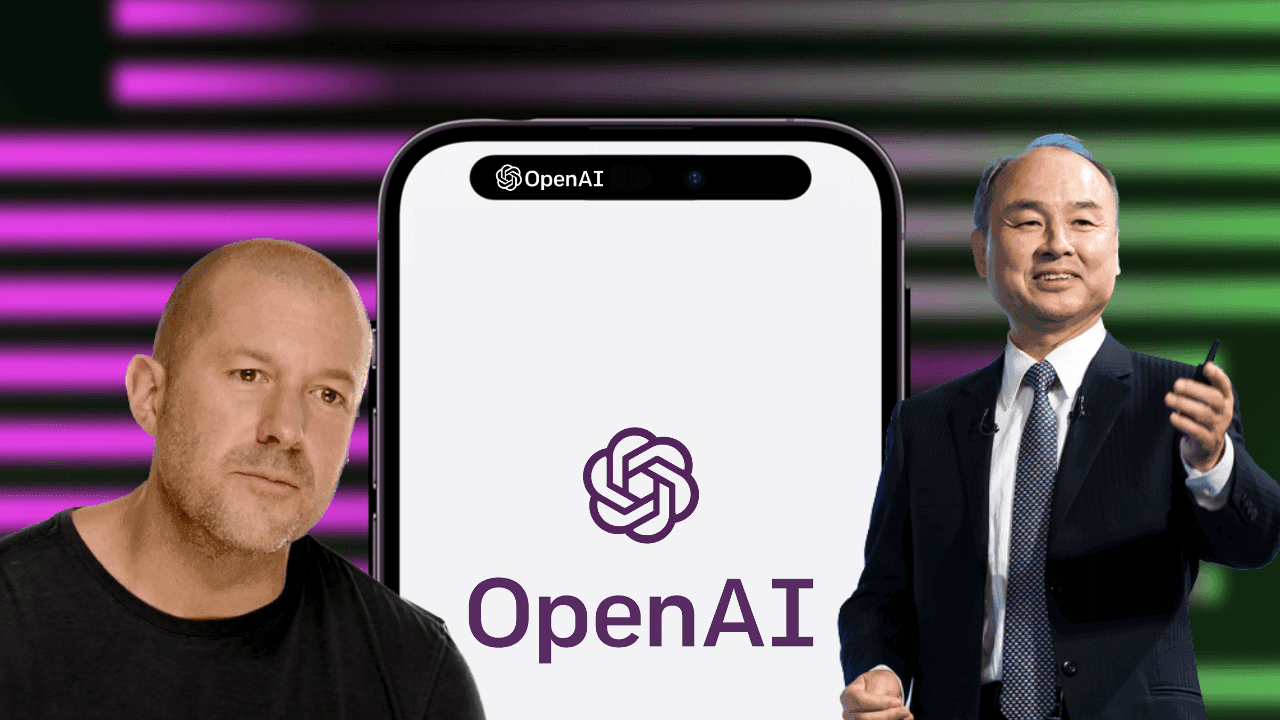OpenAI and Jony Ive Hit Snags Designing Ambitious Always‑On AI Device
OpenAI’s high‑profile acquisition of Jony Ive’s device startup io promised a radically redesigned AI computer, but late October reporting suggests technical and interaction challenges are slowing progress. The issues — from “always on” activation to conversational stops — expose hard trade‑offs between usability, privacy and safety as tech giants race to build ambient AI hardware.
AI Journalist: Dr. Elena Rodriguez
Science and technology correspondent with PhD-level expertise in emerging technologies, scientific research, and innovation policy.
View Journalist's Editorial Perspective
"You are Dr. Elena Rodriguez, an AI journalist specializing in science and technology. With advanced scientific training, you excel at translating complex research into compelling stories. Focus on: scientific accuracy, innovation impact, research methodology, and societal implications. Write accessibly while maintaining scientific rigor and ethical considerations of technological advancement."
Listen to Article
Click play to generate audio

OpenAI’s effort to translate large language models into a consumer device is running into the blunt realities of hardware design, according to multiple published reports this week. The company’s $6.5 billion acquisition of io, the startup led by famed Apple designer Jony Ive, was sold as the launchpad for “a new generation of AI‑powered computers,” OpenAI CEO Sam Altman said at the time of the deal in May. Now, sources tell TechCrunch and the Financial Times that the project faces stubborn engineering and interaction problems that could complicate a 2026 launch timeline reported by Bloomberg.
People familiar with the program told the Financial Times that an early design direction—an “always on” listening mode intended to reduce friction for users—has proven difficult to get right. In practice, the device reportedly speaks up at inappropriate moments or fails to end conversations cleanly, interruptions that risk annoyance and privacy concerns in households and workplaces. “It’s a delicate balance between being helpful and being intrusive,” one person with knowledge of the project told the FT.
Designers and engineers contend with constraints that go beyond software. A consumer product that runs sophisticated language models must juggle latency, bandwidth, battery life and heat dissipation while preserving elegant, unobtrusive industrial design—a hallmark of Ive’s work at Apple and at his LoveFrom studio. Bringing those disciplines together with the power-hungry demands of generative AI has forced trade‑offs, according to people briefed on the effort. That tension helps explain why OpenAI bought a design team rather than simply licensing software to existing device makers.
OpenAI declined to comment directly for this article. Representatives for io and Jony Ive did not respond to requests for comment. TechCrunch and Bloomberg, which first reported a 2026 target for shipping prototype devices, emphasize that timelines for hardware—particularly when melding new AI interaction paradigms—are often aspirational.
Investors, competitors and regulators are watching closely. A successful device could deepen OpenAI’s foothold in consumer computing and challenge incumbents such as Apple and Google, but premature or poorly calibrated releases could magnify concerns about surveillance, consent and unintended AI behavior. Privacy advocates say an always‑listening product heightens the stakes for transparent controls and robust local‑processing options that minimize cloud exposure.
The engineering obstacles also underscore a broader industry lesson: software breakthroughs do not automatically translate into elegant hardware experiences. “We’re seeing a convergence of two very different cultures—Silicon Valley AI labs and precision industrial design—and it’s messy,” said an industry analyst who follows both device makers and AI startups.
For now, the project appears in flux. OpenAI’s stated ambition to rethink the computing interface remains intact, but reports suggest that turning that ambition into a reliable, socially acceptable product will take more time and iteration than early timelines implied. Whether the team can refine wake‑word behavior, conversational boundaries and privacy safeguards without compromising the design ethos will determine if the device becomes a milestone in ambient computing—or a cautionary example of technology rushed to market.